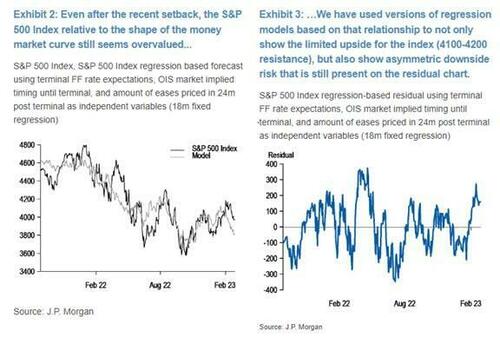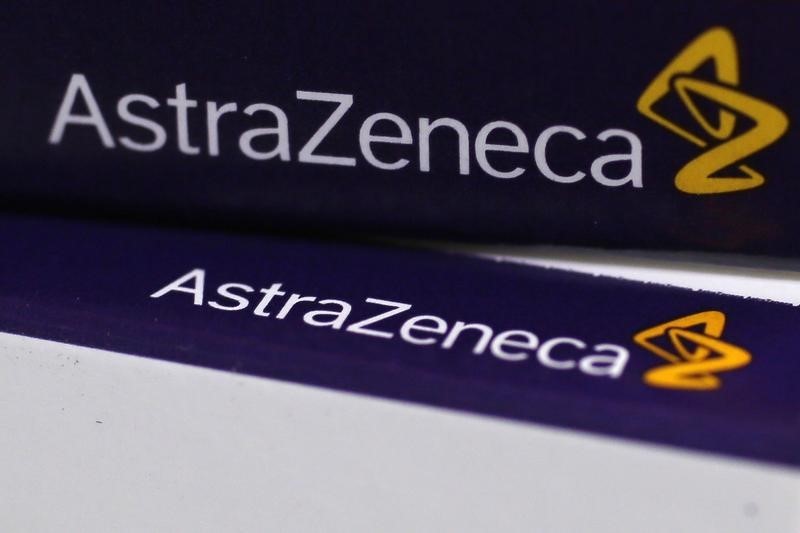Although there was only one vote of dissent against the committee’s resolution to increase the policy rate, the non-RBI MPC members leaned towards lowering the inflation guard, and at least one of them views the goal of monetary policy as of returning inflation to within the tolerance band.
It was RBI’s deputy governor Dr. Michael Debabrata Patra who pointed out – rightly so – that the task of monetary policy is of returning inflation first into the tolerance band and then to alignment with the target (4%). Executive director Dr. Rajiv Ranjan too stressed the same in his statement.
Non-RBI member Prof. Jayanth Varma cast the sole dissenting vote, arguing that softening global oil prices don’t justify the RBI’s lingering inflation concerns. Dr. Ashima Goyal worried that when several factors are working to chill demand, policy must resist becoming an additional one. Dr. Shashanka Bhide argued for inflation to be brought within the tolerance band on a sustained basis.
The RBI members’ tough message on the high risk of policy going wrong at this stage is a sensible one.
The difficulty of being the RBI today is that acting forcefully against inflation is hard to explain when the broader narrative is that inflation has peaked, and the economic conditions are set to weaken. The hawkish noises that came out of the RBI at the last MPC meeting, with the central bank casting itself in the role of Mahabharata’s Arjuna, and saying it has its eye on inflation, has surprised many observers, particularly after latest data showed that in November inflation returned to under the tolerance limit of 6 per cent.
But the moderation could be due to base effect; The momentum of price increases remains strong, was in fact the fiercest since May, both the RBI’s deputy governor and executive director pointed out in their statements, the minutes show.
Most central banks around the world are sounding hawkish, even when oil prices are down, and inflation is finally lower in countries that for much of this year saw inflation at highs not seen in decades. The point being that even if inflation has peaked — and it may just pick up strongly again — that doesn’t necessarily mean that inflationary pressures have subsided.
What if the moderation in price pressures turns out to be momentary, is the question on central bankers’ minds, including in the RBI. If the RBI softens against inflation now, and the inflation moderation turns out to be transitory, inflation expectations in the economy could harden. Then to correct its policy mistake, the RBI would have to raise interest rates a lot more forcefully. It would take big growth sacrifices and many months for the RBI to correct that error.
And if the moderation sustains, and inflation eases, then? If the RBI does not soften against inflation and the moderation sustains, inflation reduces, then that policy error can be corrected overnight by reducing interest rates, with a smaller growth sacrifice.
The RBI, therefore, seems to have decided that its tone must remain hawkish, even if the interest rate hikes are slowed or paused. It may seem like a disconnect between its action and its narrative, but the message being sent out is that the central bank will hike rates without losing a heartbeat if inflation picks up again.
Dr. Patra, the minutes show, put the MPC on notice to remain prepared to respond if incoming data shows that November’s moderation was transient: “The MPC needs to see a decisive decline in inflation over a series of monthly readings before it shifts stance, which would otherwise be premature”.
This sort of tough communication goes a long way in introducing caution into pricing decisions, government’s budget-making and wage negotiations in the economy. If inflation is getting ingrained into these decisions, as Dr. Patra pointed out in his statement, then aggressive monetary policy response and tone would be justified. Remember, as the MPC also noted, inflation has ruled at or above the upper tolerance band since January 2022 and core inflation is persisting around 6 per cent.
Inflation “remains unconscionably elevated, persistent and generalised”, and, even after the monetary policy taken by the RBI and the supply side measures taken by government, is expected to remain above target over the next 12 months, Dr. Patra wrote. He’s concerned that businesses and households could be tightening their belts as inflation erodes purchasing power, and inflation expectations may also be stalling private investment – as was reflected in corporate performance during the second quarter of 2022-23. Therefore, the danger, he underlined, of expectations getting unhinged, frittering away the moderation reported in the surveys of households, businesses and professional forecasters.
Dr. Ranjan outlined this note of caution. Moving slowly and doing too little and then running against unexpected global or domestic shocks, he wrote, could lead to macroeconomic instability with the unhinging of inflation expectations which, more importantly, may warrant stronger actions later that could be much more detrimental than the costs of overtightening: “Any change in stance at this stage could be interpreted as weakening of our resolve to fight the inflation menace and will impede monetary policy transmission…. The objective is to ensure a sustained disinflation that brings inflation down within the tolerance band in the short-run and closer to the target over the medium term, while supporting growth”.
Governor Shaktikanta Das is convinced that “the worst of inflation is behind us”, but emphasised – thankfully – that it remains above the upper tolerance level, and agreed with his colleagues that “a premature pause in monetary policy action would be a costly policy error at this juncture”.
Download The Mint News App to get Daily Market Updates.
More
Less















